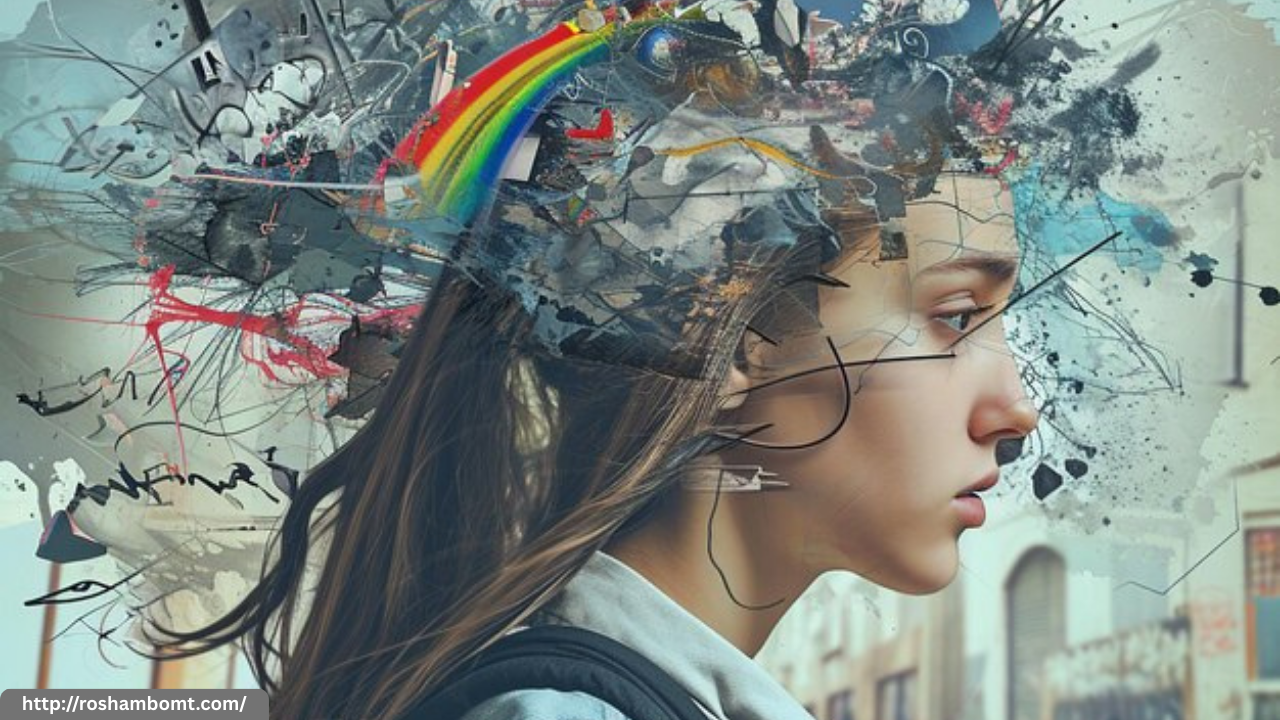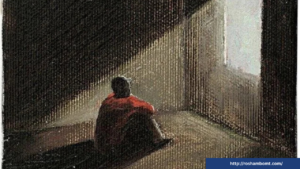
The artistic mind is a fascinating blend of imagination, intuition, and spontaneity. Unlike the conventional 9-to-5 routine, the daily life of an artist is often characterized by unpredictability. Creativity doesn’t follow a clock; it ebbs and flows in cycles of inspiration and dormancy, often influenced by mood, environment, and experience. For many artists, chaos isn’t an obstacle—it’s part of the process.
Embracing the Unpredictable Nature of Creativity
Creativity thrives on freedom and exploration. Artists often work in bursts of inspiration, where ideas flood in and demand immediate expression. These moments can happen at any time—early morning, late at night, or in the middle of unrelated tasks. Because of this, traditional schedules often don’t apply. Instead, artists develop routines that are fluid and adaptable.
While the outside world might view this unpredictability as disorganization, it’s often a vital part of the creative process. Artistic minds are constantly absorbing stimuli from their surroundings—colors, sounds, emotions, conversations—and processing them in unique ways. These impressions may lie dormant until they suddenly resurface in a painting, poem, song, or performance.
The Organized Chaos of the Artistic Process
Though their routines may appear chaotic, many artists find structure within their creative disorder. Sketchbooks, journals, mood boards, and digital files help capture fleeting ideas. Some artists keep irregular hours, working intensely during creative highs and resting during lows. This cycle of creation and recovery is essential to maintaining long-term artistic vitality.
Creative chaos can also manifest in workspaces. Studios and desks may be cluttered with materials, notes, and unfinished projects. However, within this visual mess lies a personal system of organization that makes sense to the artist. It’s not about tidiness—it’s about accessibility and inspiration.
Furthermore, many artists intentionally invite chaos into their process. Experimentation, risk-taking, and stepping outside comfort zones are common strategies to spark innovation. The willingness to embrace the unknown is often what leads to breakthroughs and originality.
The Challenges of an Unstructured Routine
While the unpredictability of artistic life fosters creativity, it can also present challenges. Without a consistent routine, artists may struggle with time management, productivity, and burnout. It’s easy to become overwhelmed or lose direction when there’s no clear roadmap.
To combat this, some artists create loose structures—setting aside specific blocks of time for certain tasks, establishing small daily goals, or using tools like planners and timers to stay focused. These strategies help provide enough framework to support productivity without stifling creativity.
Support systems are also crucial. Friends, collaborators, and mentors can offer perspective and accountability, helping artists stay grounded while navigating their unpredictable routines.
Conclusion
The artistic mind dances between creativity and chaos, forming a routine that is anything but routine. While the unpredictability of inspiration can be challenging, it is also what makes the creative process so dynamic and fulfilling. By embracing the ebb and flow of their unique rhythms, artists turn chaos into beauty, creating work that is deeply personal and universally impactful.
